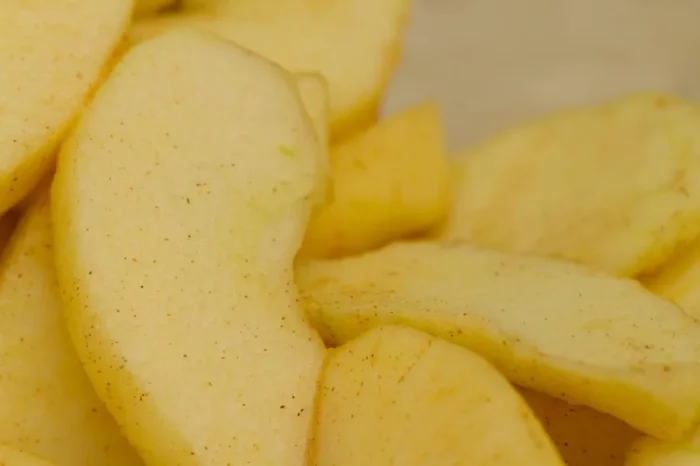Cream cheese is a popular ingredient in many recipes, from cheesecakes to spreads. But what happens when you have leftover cream cheese and want to store it for later? Can you freeze cream cheese? This article explores the ins and outs of freezing cream cheese, including how to do it, the impact on texture and flavor, and tips for using frozen cream cheese.
Understanding Cream Cheese
Cream cheese is a soft, creamy cheese made from a mixture of milk and cream. It has a mild flavor and a smooth texture, making it perfect for both sweet and savory dishes. Cream cheese is often used in:
Spreads: Cream cheese is commonly spread on bagels and toast.
Dips: It’s a key ingredient in many creamy dips.
Baking: Cream cheese is used in cakes, muffins, and pastries.
Sauces: It can be blended into sauces for a creamy texture.
Knowing its versatility, you might want to save leftover cream cheese. But can you freeze it without losing its quality?
Can You Freeze Cream Cheese?
Yes, you can freeze cream cheese! However, there are some important factors to consider. Freezing can change the texture of cream cheese, but it can still be used in many recipes after thawing.
Freezing Cream Cheese: The Basics
Here’s how to properly freeze cream cheese:
Choose Fresh Cream Cheese: Start with fresh cream cheese. Look for the expiration date to ensure it’s still good.
Portion It Out: If you have a large block of cream cheese, consider cutting it into smaller portions. This way, you can thaw only what you need later.
Wrap It Well: Use plastic wrap to tightly wrap each portion. Make sure there are no air pockets, as air can cause freezer burn.
Use a Freezer Bag: Place the wrapped cream cheese in a freezer-safe bag or container. Squeeze out as much air as possible before sealing.
Label and Date: Write the date on the bag or container. This helps you keep track of how long it has been in the freezer.
Freeze: Place the cream cheese in the freezer. It can be stored for up to six months.
Thawing Frozen Cream Cheese
When you’re ready to use your frozen cream cheese, it’s essential to thaw it properly:
In the Refrigerator: The best way to thaw cream cheese is to transfer it from the freezer to the refrigerator. This can take several hours or overnight.
Quick Thawing: If you need it quickly, you can place the sealed cream cheese in a bowl of warm water for about 30 minutes. Change the water as needed to maintain warmth.
Avoid Microwave Thawing: While it’s tempting to use the microwave, this can cause the cream cheese to heat unevenly and become rubbery.
Impact on Texture and Flavor
Freezing can change the texture of cream cheese. Here’s what to expect:
Texture Changes
Separation: When thawed, the cream cheese may appear slightly grainy or separated. This is because the water content can separate from the fats.
Creaminess: The smooth texture may be altered. However, this doesn’t necessarily mean it’s unusable. The creaminess can be restored by blending it.
Flavor Changes
The flavor of cream cheese generally remains intact after freezing. However, some people report a slight change in taste, which may be due to the storage process. It’s important to use high-quality cream cheese to minimize any flavor changes.
Best Uses for Thawed Cream Cheese
After thawing, frozen cream cheese is best used in cooked or baked dishes where texture is less critical. Here are some great ideas:
Baking
Cheesecakes: Thawed cream cheese works perfectly in cheesecake recipes.
Muffins and Cakes: You can mix it into batters for added moisture and flavor.
Frostings: Blend it into frosting recipes for cakes and cupcakes.
Cooking
Soups and Sauces: Thawed cream cheese can be added to creamy soups or sauces. Just blend it in until smooth.
Dips: Use it in dips where it will be mixed with other ingredients.
Spreads
Bagel Spreads: If the texture is acceptable after thawing, it can be used as a spread for bagels or crackers.
Creamy Pasta Sauce: Mix it into pasta dishes for a creamy texture.
Tips for Freezing Cream Cheese
To ensure the best results when freezing cream cheese, keep these tips in mind:
Don’t Refreeze: Once cream cheese has been thawed, do not refreeze it. This can cause further texture degradation.
Use Quality Products: Start with high-quality cream cheese. Store brands or low-fat versions may not freeze as well.
Consider Blending: If the texture changes after thawing, consider blending the cream cheese with a mixer to restore its creaminess.
Use within Six Months: For the best quality, use frozen cream cheese within six months.
Check for Off Odors: Before using thawed cream cheese, check for any off smells or discoloration. If it seems off, it’s better to discard it.
Conclusion
Freezing cream cheese is a practical solution for preserving leftovers. While it may change in texture, the flavor remains largely intact. By following proper freezing and thawing methods, you can successfully enjoy cream cheese in various recipes, even after it’s been frozen. Whether you’re baking a cheesecake or making a creamy dip, frozen cream cheese can still be a useful ingredient in your kitchen.
Related topics:



























